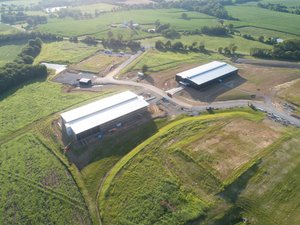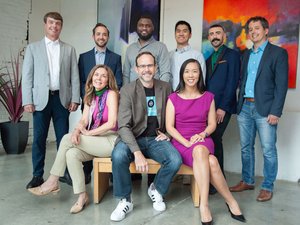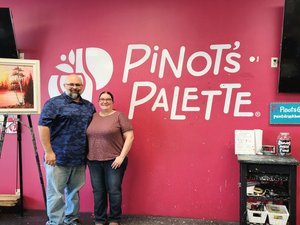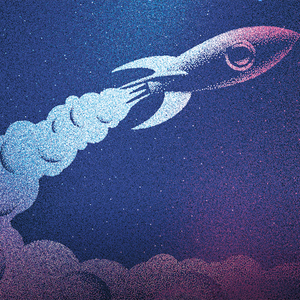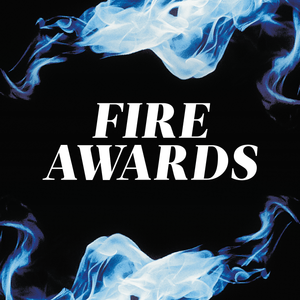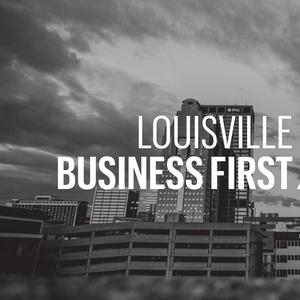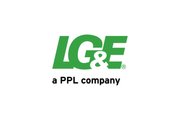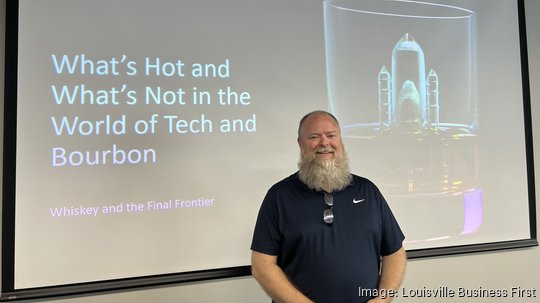
Before giving his presentation at TechFest Louisville on Friday, Adam Anderson made small talk with conference-goers who were finding seats in a large room inside The Thrive Center.
“I think this topic goes a lot better when everybody is two drinks in,” he said.
The resident of Greenville, South Carolina, was about to do his first presentation in Kentucky on the topic of bourbon — but not the type of bourbon the mind immediately conjures up in the commonwealth.
Anderson provided a glimpse into what his company, Stellar Luxuries, has in the works when it comes to building an “orbital distillery,” an endeavor that could be a combination of being extremely lucrative to investors — all while being beneficial to humankind as a way to experiment with how liquid like a distilled spirit interacts with the unique conditions offered in space, especially when it comes to radiation.
One of Anderson's main objectives is to be able to experiment making whiskey at low earth orbit, medium earth orbit and geostationary earth orbit, which, going from lower to higher, would increase the amount of radiation exposure.
“It’s real science, because we’re trying to go to Mars,” he told the crowd. “We’re trying to go far places. We need to know what happens to liquids, when we go, so the beautiful thing about this is that even though we’re doing something really fun and cool, we are literally moving humanity forward in our ability to live on other planets, because radiation is the thing we need to overcome in order to actually do some of the cool things that we’ve been talking about.”
He hopes to start this endeavor at the end of 2024 or early 2025, estimating startup costs in the vicinity of $6 million to $7 million. He is initially seeking out about $800,000 to get rolling before starting a crowdfunding campaign down the road.
Anderson also is looking to gather the lion’s share of investment through a partnership with the popular YouTube channel, Whiskey Tribe.
The end goal is to create space-based whiskey companies with positive cash flow — and he wants them to be connected to the heart of (traditional) bourbon.
“My goal is to find a bunch of Kentucky distilleries who want to make a Kentucky blend that will send out to space, and so then Kentucky will be the world’s first ever [origin of] space blend of whiskey,” said Anderson, who also serves as the managing general partner of Ansuz Capital.
Pros vs. cons
Anderson — both in a conversation with me before his presentation and during the talk itself — was very candid with how such an investment would not be a good fit for the risk-averse given that the product itself could give a new take on the term, “a volatile commodity.”
First, the good part. Anderson hopes to be able to sell one standard 750ml bottle of space whiskey for $1 million. One barrel should be able to make 100 bottles for an approximate revenue of $94 million.
This represents around a 90% profit margin on what we’re going to be doing,” Anderson told the crowd.
And then the bad part.
“The only difference is my stuff might blow up.”
Anderson derives his $94 million revenue estimates from Beam Suntory’s asking price of Yamazaki 55, a Japanese single malt whiskey that has been aged, you guessed it, 55 years. The going rate for a bottle, Anderson said, was between $800,000 and $1.2 million. Coincidentally, Beam Suntory was also the first company to attempt to experiment with whiskey at the International Space Station (ISS), some eight years ago.
Using a technology in which the barrels will be continuously blasted with sound in a new-age barrel involving intricate latticework at zero gravity (see below), Anderson estimates that three months in his arrangement will be akin to being aged 30 years on Earth.
Because of the zero-gravity environment that exists in space, the liquid has to interact with the barrel instead of just floating in mid-air (as things do up there).
To address this issue, Anderson and his team plan to constantly send sound waves to barrels while they are in space. Several tests already have been conducted on Earth to expedite the aging process, with varying results. One of the types of music that the barrels will be exposed to is from the well-known metal band Shinedown, whose drummer, Barry Kerch, is a former high school classmate of Anderson’s.
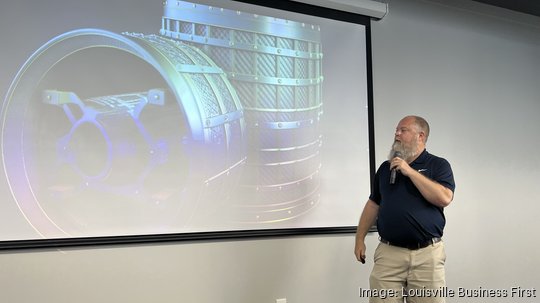
In 2011, the first distilled spirits to be sent to space aboard the ISS was Ardbeg Scotch in a project that was overseen by a friend of Anderson’s. The result, he said, tasted horrible.Side note: Anderson mentioned that Lexington, Kentucky-based Space Tango is one of only a few companies that have clearance to do engineering and manufacturing on the ISS.
The barrels are not of the standard fare. Instead, they are closer to what Anderson called “a tube of wood,” as he showed me some of the AI-generated images that he created, with other compartments to allow for increased contact with the barrel.
Finding capital for bigger causes
Anderson, whose motto on his website and LinkedIn page is “I do big things with cool people,” started toying with ideas of different space-related investment ventures after selling his company, Palmetto Security Group — he began his career as a security engineer — in 2018.
He initially got involved with Space For Humanity, a nonprofit organization that helps send non-billionaires (three so far) into space, in 2019.
In the world of space investment, fast capital is getting a return on investment in 20 years.
And slow capital? “You never see your money,” said Anderson, who added that as far he knows there is only one other fellow “space whiskey entrepreneur” working on a similar initiative.
Space-distilled whiskey could provide an immediate infusion of capital into an industry that has yet to turn a profit.
“We’re trying to find businesses that will actually produce profits so that the business will actually pay for the next generation of innovation,” Anderson told the crowd.. “So, we’re going to the [U.S.] Government saying, ‘Please help us innovate in space, and the government keeps saying, ‘Yeah, that’s great, but you have to come up with a way to commercialize whatever technology [you build].”
And how does he think the end result will taste? Again, no punches were pulled in Muhammad Ali’s hometown.
“I am saying making the rarest bourbon — not the best. This is our first shot. Chances are it will suck. It doesn’t matter though, because my target market isn’t the connoisseur who has to have the best. My target market is the collector who wants it first.”
